Scientists have scoured cow rumens and termite guts for microbes that can efficiently break down plant cell walls for the production of next-generation biofuels, but some of the best microbial candidates actually may reside in the human lower intestine, researchers report.
Sep 23rd, 2014
Read more
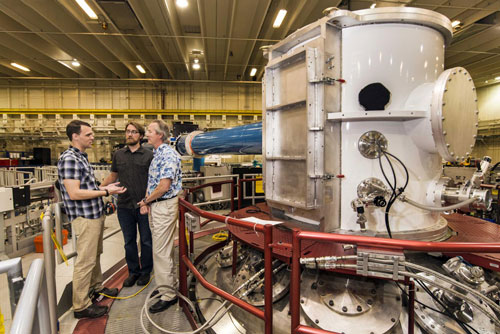 Researchers at Sandia National Laboratories' Z machine have produced a significant output of fusion neutrons, using a method fully functioning for only little more than a year.
Researchers at Sandia National Laboratories' Z machine have produced a significant output of fusion neutrons, using a method fully functioning for only little more than a year.
Sep 23rd, 2014
Read more
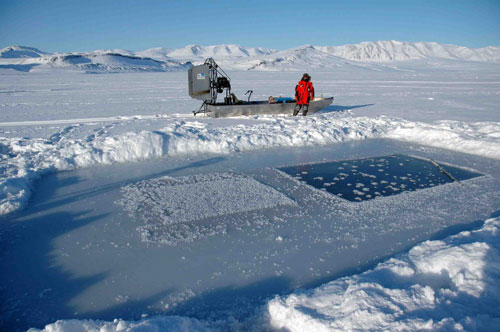 Climate change is a fact, and most of the warming is caused by human activity. The Arctic is now so warm that the extent of sea ice has decreased by about 30 percent in summer and in winter, sea ice is getting thinner. New research has shown that sea ice removes CO2 from the atmosphere. If Arctic sea ice is reduced, we may therefore be facing an increase of atmospheric concentration of CO2, researchers warn.
Climate change is a fact, and most of the warming is caused by human activity. The Arctic is now so warm that the extent of sea ice has decreased by about 30 percent in summer and in winter, sea ice is getting thinner. New research has shown that sea ice removes CO2 from the atmosphere. If Arctic sea ice is reduced, we may therefore be facing an increase of atmospheric concentration of CO2, researchers warn.
Sep 22nd, 2014
Read more
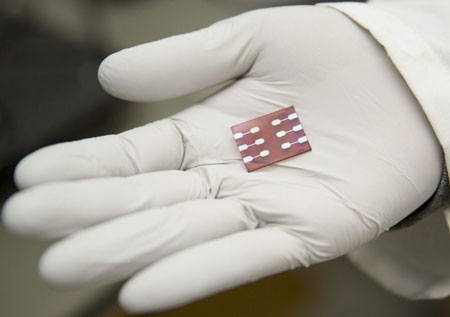 Researchers identified a new polymer that improved the efficiency of solar cells. They also determined the method by which the polymer improved the cells' efficiency. The polymer allows electrical charges to move more easily throughout the cell, boosting the production of electricity - a mechanism never before demonstrated in such devices.
Researchers identified a new polymer that improved the efficiency of solar cells. They also determined the method by which the polymer improved the cells' efficiency. The polymer allows electrical charges to move more easily throughout the cell, boosting the production of electricity - a mechanism never before demonstrated in such devices.
Sep 22nd, 2014
Read more
ARPA-E has awarded $2,540,000 to develop dual-junction solar cells that can operate efficiently at extreme temperatures above 750 degrees Fahrenheit. In addition to converting a portion of the sunlight directly into electricity, the solar cells will use the remainder of the light to heat high-temperature fluids that can drive a steam turbine or be stored for later use.
Sep 22nd, 2014
Read more
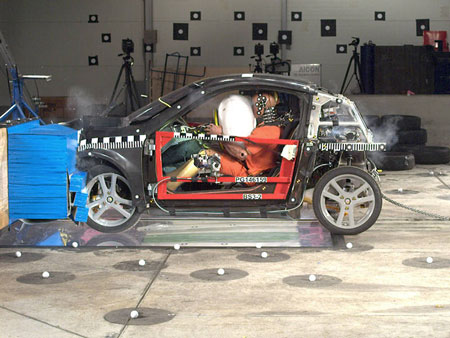 Traffic experts warn that the current safety standards of the L7E vehicle class ('quad class') are not sufficient for wide-scale deployment in traffic. Researchers of the Visio.M consortium's Safety subproject have accepted this challenge and are now demonstrating how even light and efficient electric vehicles can achieve an acceptable level of safety.
Traffic experts warn that the current safety standards of the L7E vehicle class ('quad class') are not sufficient for wide-scale deployment in traffic. Researchers of the Visio.M consortium's Safety subproject have accepted this challenge and are now demonstrating how even light and efficient electric vehicles can achieve an acceptable level of safety.
Sep 22nd, 2014
Read more
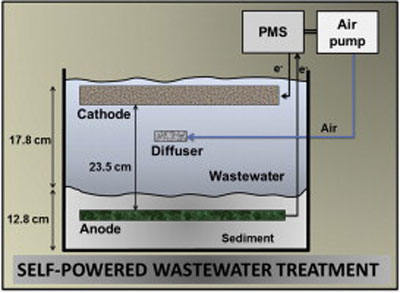 Researchers have developed a unique method to use microbes buried in pond sediment to power waste cleanup in rural areas. The first microbe-powered, self-sustaining wastewater treatment system could lead to an inexpensive and quick way to clean up waste from large farming operations and rural sewage treatment plants while reducing pollution.
Researchers have developed a unique method to use microbes buried in pond sediment to power waste cleanup in rural areas. The first microbe-powered, self-sustaining wastewater treatment system could lead to an inexpensive and quick way to clean up waste from large farming operations and rural sewage treatment plants while reducing pollution.
Sep 19th, 2014
Read more
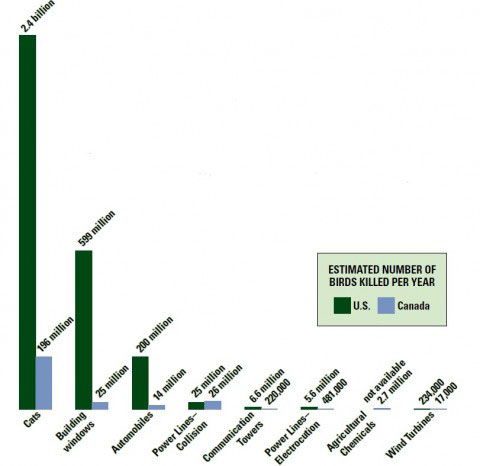 A comprehensive peer-reviewed study released today provides the most detailed analysis to date of the impact of bird fatalities at wind energy facilities in North America, and is the first to measure the relative impact of those fatalities on populations of small passerines, including songbirds.
A comprehensive peer-reviewed study released today provides the most detailed analysis to date of the impact of bird fatalities at wind energy facilities in North America, and is the first to measure the relative impact of those fatalities on populations of small passerines, including songbirds.
Sep 18th, 2014
Read more
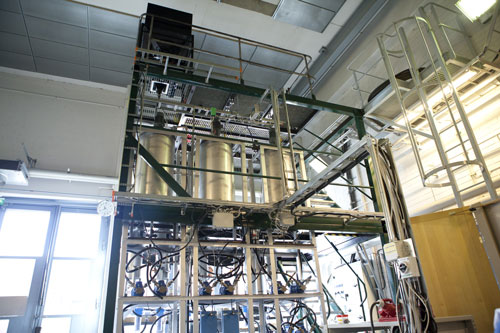 Researchers have opened a pilot plant that converts CO2 and slag, the by-product of steel manufacturing, into a valuable mineral product. The product, Precipitated Calcium Carbonate (PCC), is used in e.g. plastics, papers, rubbers and paints.
Researchers have opened a pilot plant that converts CO2 and slag, the by-product of steel manufacturing, into a valuable mineral product. The product, Precipitated Calcium Carbonate (PCC), is used in e.g. plastics, papers, rubbers and paints.
Sep 18th, 2014
Read more
The commissioning of the fully automated unit marks the first time in Europe that a stand-alone battery is stabilizing fluctuations in grid frequency, thus helping to safely integrate wind and solar energy into the existing grid.
Sep 17th, 2014
Read more
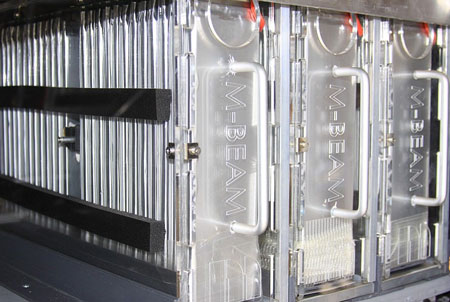 Imagine being able to switch out the batteries in electric cars just like you switch out batteries in a photo camera or flashlight. A team of engineers are trying to accomplish just that.
Imagine being able to switch out the batteries in electric cars just like you switch out batteries in a photo camera or flashlight. A team of engineers are trying to accomplish just that.
Sep 17th, 2014
Read more
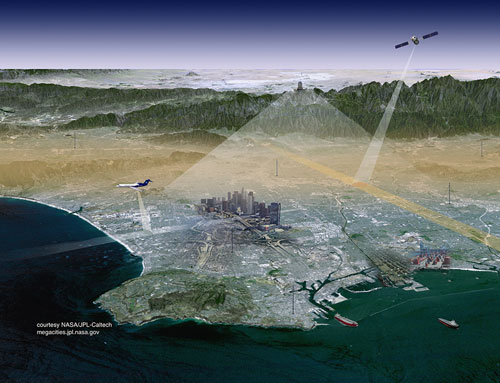 A greenhouse gas field measurement research program developed by scientists at the National Institute of Standards and Technology (NIST) and several collaborating institutions has been named a 'Project to Watch' by a United Nations organization that focuses on harnessing big data for worldwide benefit.
A greenhouse gas field measurement research program developed by scientists at the National Institute of Standards and Technology (NIST) and several collaborating institutions has been named a 'Project to Watch' by a United Nations organization that focuses on harnessing big data for worldwide benefit.
Sep 16th, 2014
Read more
A 'yes' vote on 18 September would create uncertainty over the future of the integrated UK power market and over support for renewable energy in Scotland.
Sep 16th, 2014
Read more
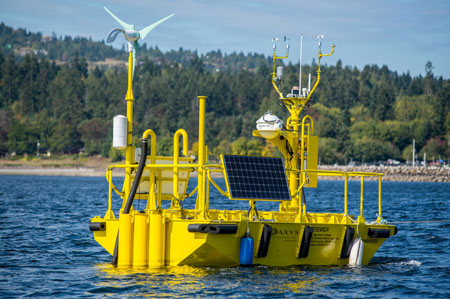 Two massive, 20,000-pound buoys decked out with the latest in meteorological and oceanographic equipment will enable more accurate predictions of the power-producing potential of winds that blow off U.S. shores.
Two massive, 20,000-pound buoys decked out with the latest in meteorological and oceanographic equipment will enable more accurate predictions of the power-producing potential of winds that blow off U.S. shores.
Sep 13th, 2014
Read more
Researchers have investigated how cloud computing systems might be optimized for energy use and to reduce their carbon footprint.
Sep 12th, 2014
Read more
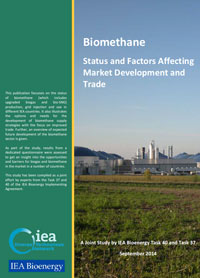 Biomethane as a substitute for the fossil energy carrier natural gas offers a variety of options and applications for a sustainable energy supply. Nevertheless, a consequent market penetration is still pending because of a lack of standardized and transnational frame conditions.
Biomethane as a substitute for the fossil energy carrier natural gas offers a variety of options and applications for a sustainable energy supply. Nevertheless, a consequent market penetration is still pending because of a lack of standardized and transnational frame conditions.
Sep 11th, 2014
Read more
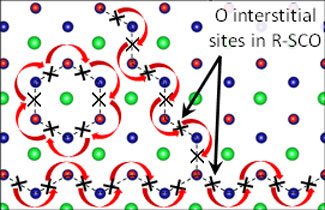 A serendipitous finding has resulted in a semiconducting material that could enable fuel cells to operate at temperatures two-thirds lower than current technology.
A serendipitous finding has resulted in a semiconducting material that could enable fuel cells to operate at temperatures two-thirds lower than current technology.
Sep 11th, 2014
Read more
 This application software, HERA, was developed by researchers of The Transport Research Centre (TRANSyT) at the Universidad Politecnica de Madrid. This application consists of a methodology and a software tool to estimate energy consumption and green house gas of the traffic demand linked to a highway.
This application software, HERA, was developed by researchers of The Transport Research Centre (TRANSyT) at the Universidad Politecnica de Madrid. This application consists of a methodology and a software tool to estimate energy consumption and green house gas of the traffic demand linked to a highway.
Sep 10th, 2014
Read more

 Subscribe to our Cleantech News feed
Subscribe to our Cleantech News feed











